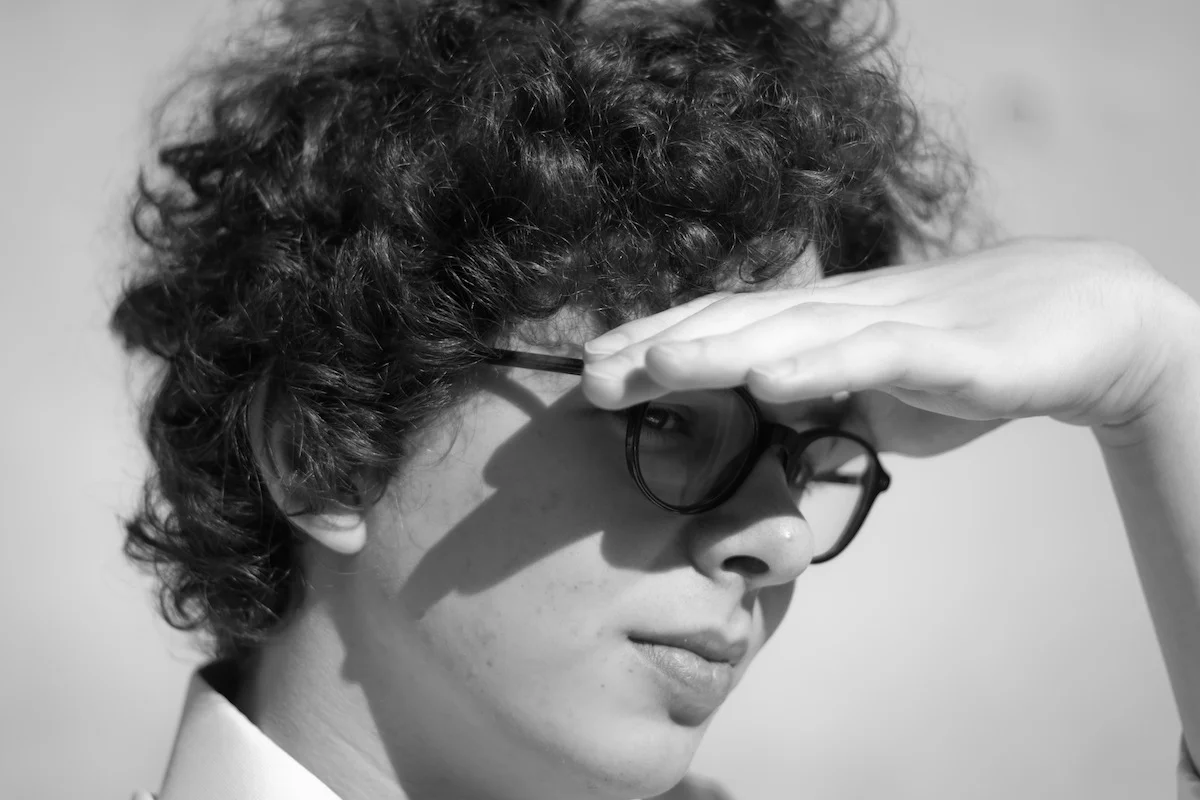The difference between hard and soft light? Clouds.
When it comes to lighting, one of the most important definitions that you need to understand is the difference between 'hard' and 'soft' light, and then how to manipulate them to your advantage. It's not as scary as it might sound, and it'll make a world of difference to your photos!
Hard light
Light that comes from a source that's relatively small, for example a bare bulb, a desk lamp, or the sun on a clear day, delivers direct illumination that casts pronounced, even harsh, shadows. While this kind of light can be what you want or need in certain circumstances, it's worth remembering that people and animals rarely look good when photographed with hard light. Deep shadows beneath the eyes and nose aren't all that flattering!
You can see how pronounced the shadows are in this photo shot in direct light
Soft light
Soft light is, somewhat obviously, the opposite of hard light. Where hard light is cast by a relatively small source, soft light comes from a large source and consequently has few, if any, shadows.
The tree provided its own shade for this photo
When the sun is diffused through a layer of cloud or you bounce light off of a wall or ceiling, you produce soft, shadowless light. It's much more flattering for people.
An overcast afternoon wasn't a problem
Turning hard light into soft light
If you're taking photos on a sunny day and are finding the shadows too harsh, you've a few options to soften the light and make it more amenable. First, move into the shade. If that's not possible, you could always enlist the help of a diffuser. They often come bundled with reflectors, but you can always rig up a white sheet to spread the fall of the light more evenly.
You can see from the bright edges of the frame how I stood between the courgettes and the sun to soften the light
A third option would be to use some 'fill flash' that throws some light into the shadows and provides some balance.
When you're in the studio, using a softbox will give you soft, diffuse light. Or you can make use of an umbrella. Firing through an umbrella or using the umbrella to reflect the light back onto your subject will both work to soften your light.
If you're working with on-camera flash, try angling it up to the ceiling, so that it can bounce off of that to create a softer light.
By bouncing the flash, it softened the light (Photo by Haje)
You've plenty of options when it comes to creating beautifully lit portraits.







